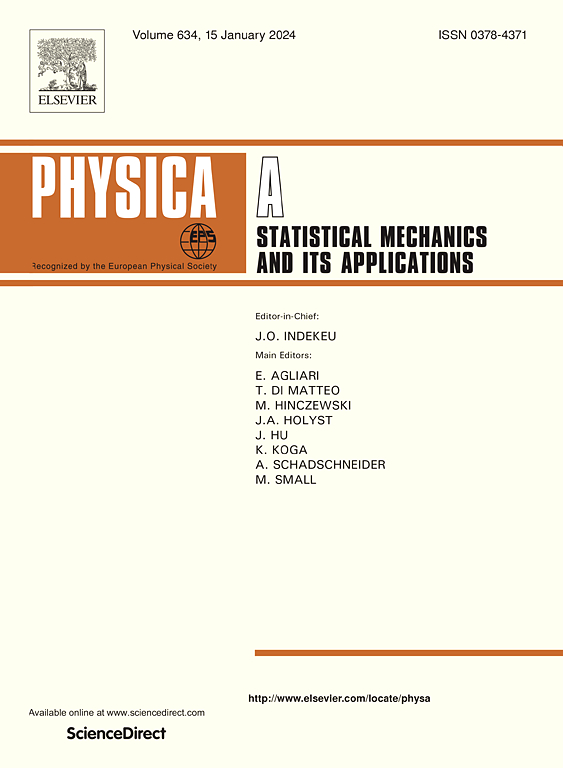Published In:
Article first published online: August 5, 2002
Issue published: 2 June 1987
Citation: Richard S. Larson, Edwin J. Lightfoot, Thermally activated escape from a Lennard-Jones potential well, Physica A: Statistical Mechanics and its Applications, Volume 149, Issues 1–2, 1988, Pages 296-312, ISSN 0378-4371, https://doi.org/10.1016/0378-4371(88)90221-X.
Abstract
The Kramers theory of chemical kinetics is modified in order to describe the escape of particles from a potential well of the Lennard-Jones type, for which there is no well-defined barrier position or curvature. Approximate analytical methods are used to derive from the Fokker-Planck equation two distinct formulas for the escape rate, each valid in a different regime of the friction constant β. The large-β result is seen to be consistent with that obtained from the Smoluchoeski equation, and it shows that the resistance to escape is dominated by a purely diffusive component that causes nonequilibrium effects to be felt well down into the reactant region. On the other hand, the small-β result describes a situation in which diffusional resistance is of minor importance, and the escape rate is determined largely by the characteristics of the well itself. The approximate formulas give a reasonably good picture of the transition between the two kinds of limiting behavior.


